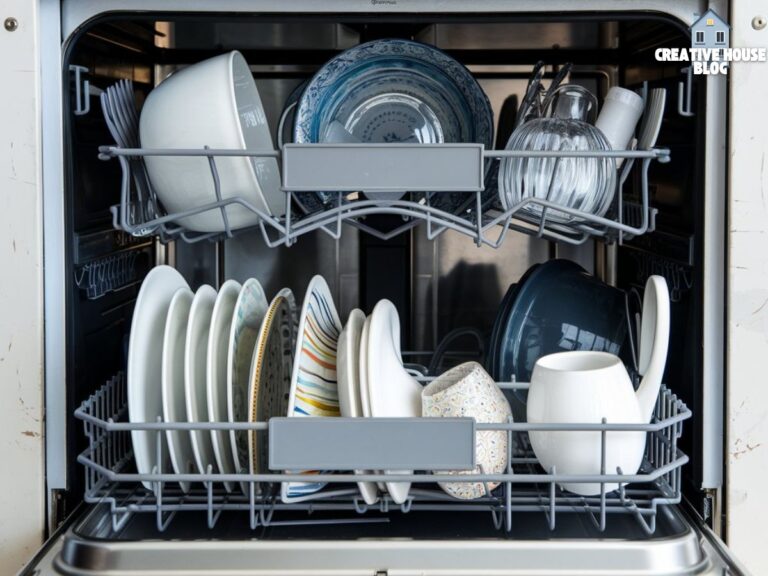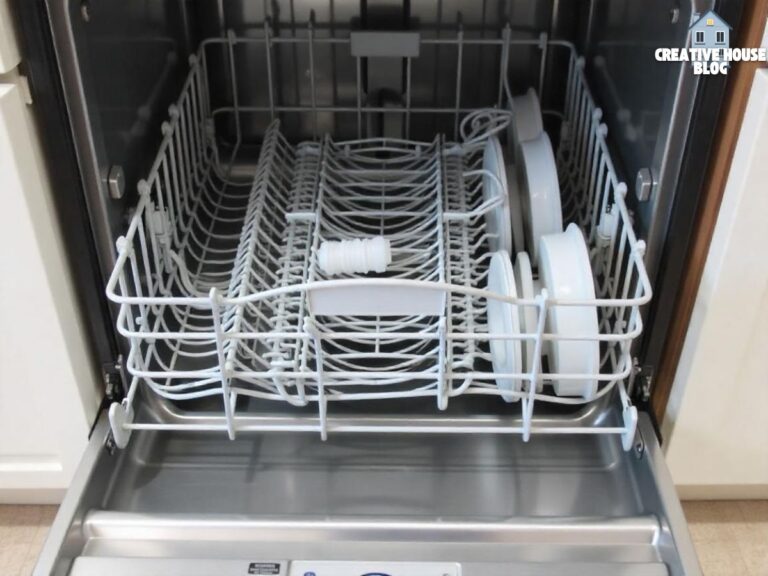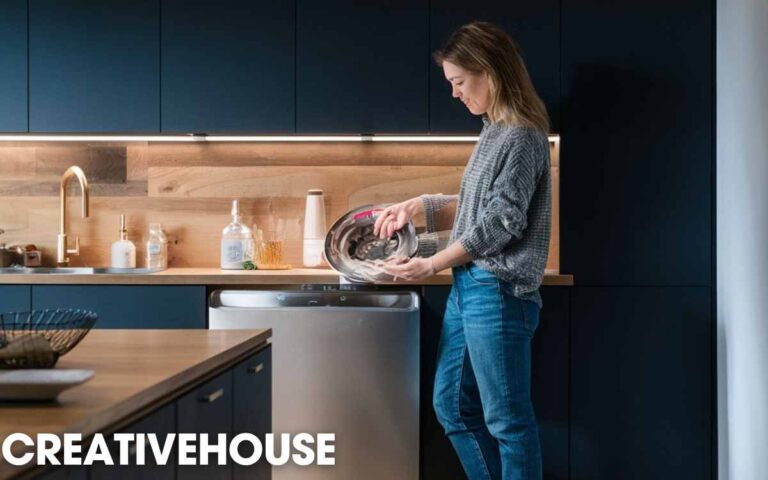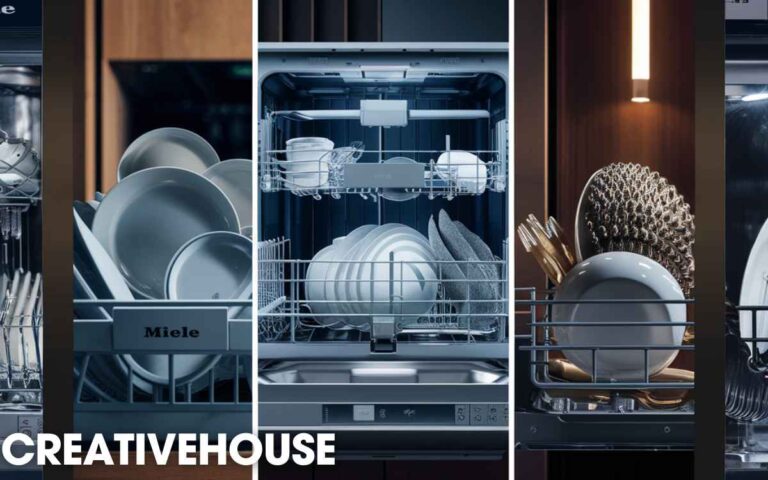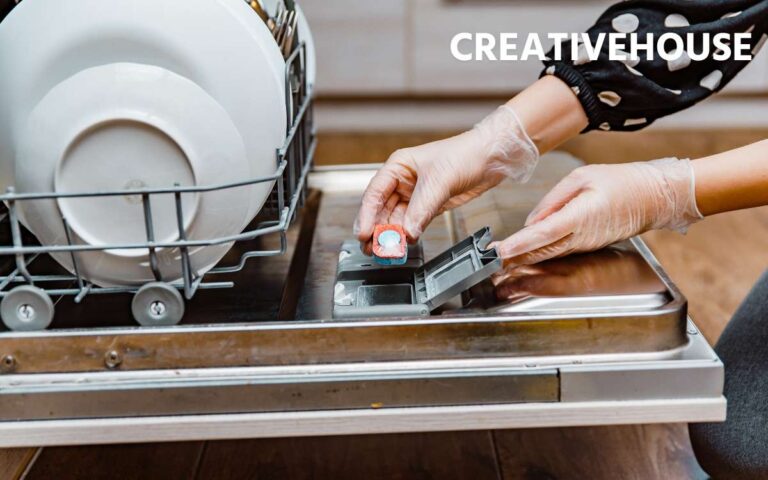When you encounter an error code on your Whirlpool dishwasher, it can be frustrating, especially if you’re unsure of the problem.
Learning how to fix Whirlpool dishwasher error codes is essential for accurate troubleshooting, as each code pinpoints a specific issue.
In this guide, we’ll walk through common Whirlpool dishwasher error codes and provide clear solutions to help you restore your dishwasher’s functionality swiftly.
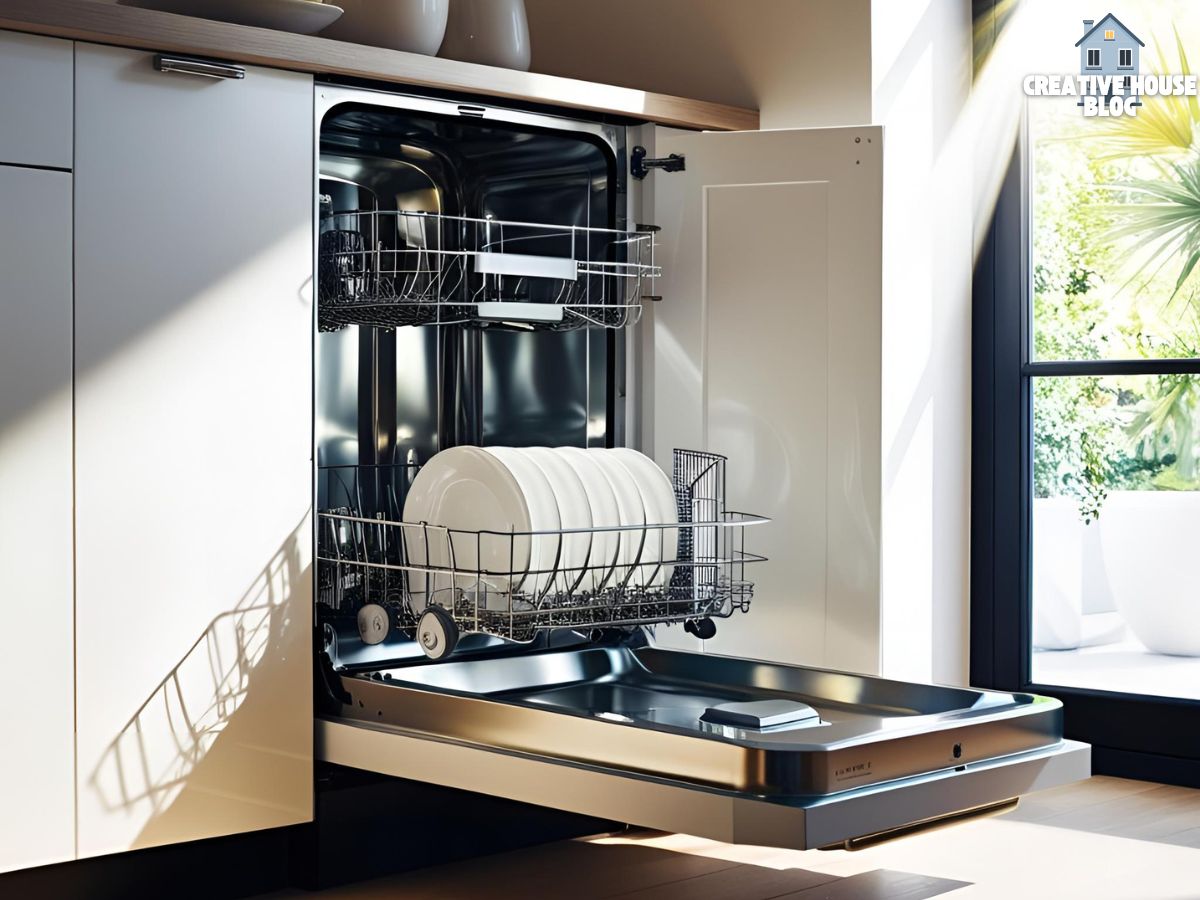
Key Takeaways
Expert Guide
Common Whirlpool Dishwasher Error Codes and Their Meanings
Understanding the error codes on your Whirlpool dishwasher display is essential for diagnosing and fixing any issues.
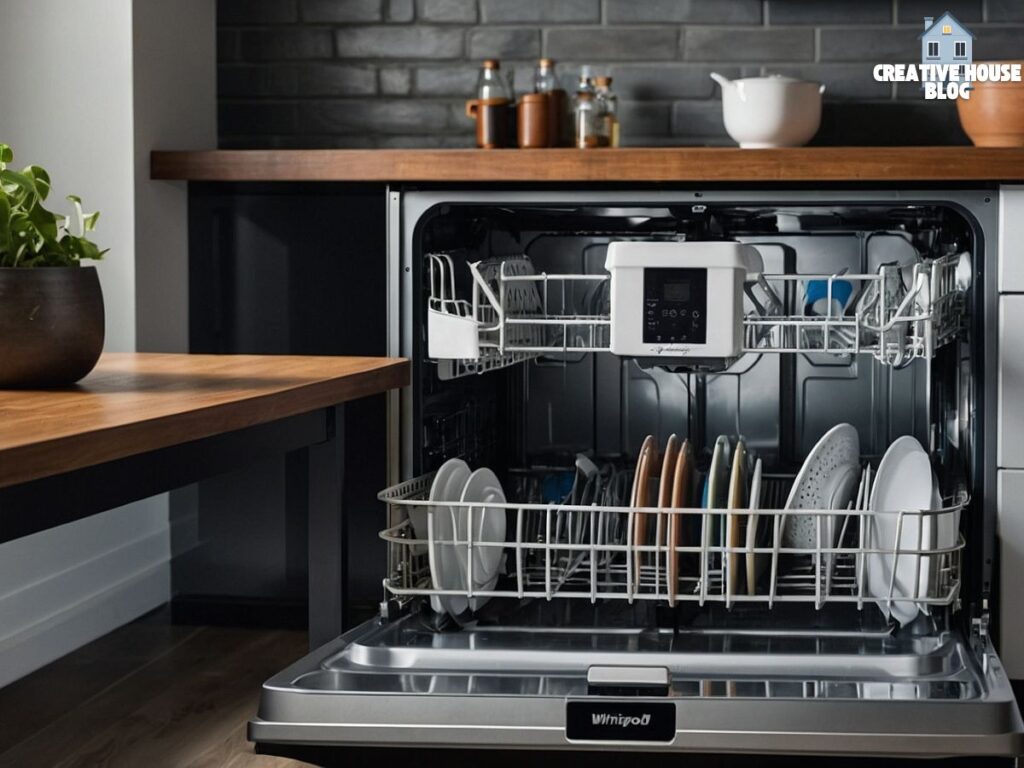
Here are some frequently encountered Whirlpool dishwasher error codes and their causes:
- Error Code E1/F8: Water Supply Problem This code indicates that the dishwasher is not filling with water, often due to a restricted inlet hose, low water pressure, or a closed water valve.
- Error Code E2/F2: Drainage Problem E2/F2 points to a drainage issue, which may stem from a clogged filter or a blocked drain hose.
- Error Code E3/F3: Heating Element Issue This error code suggests a malfunction in the heating element, impacting the dishwasher’s ability to heat water.
- Error Code E4/F4: Overflow Condition E4/F4 signifies that the dishwasher has detected an overflow, possibly due to excessive water or a faulty float switch.
- Error Code E5/F5: Door Latch Problem E5/F5 indicates that the dishwasher door isn’t securely latched, which may prevent the dishwasher from starting.
- Error Code E6/F6: Water Sensor Malfunction This code signals a fault in the water level sensor or float switch, impacting water regulation in the dishwasher.
Related Articles: How to reset Maytag dishwasher: Step-by-Step Troubleshooting Guide
Step-by-Step Troubleshooting for Each Error Code
As you’re familiar with the error codes, let’s go over how to fix them. Here are some steps to resolve each issue.
1. Resolving the E1/F8 Error Code (Water Supply Issue)
When dealing with water supply issues, take these steps to restore normal operation:
Check the water supply: Confirm that the water supply valve is fully open, allowing water to flow freely to the dishwasher.
Inspect the inlet hose: Examine the inlet hose for kinks, blockages, or restrictions that may be impeding water flow.
Verify water pressure: Ensure that the water pressure meets the dishwasher’s requirements, as low pressure can also trigger this code.
By ensuring water flow and checking the pressure, you can often resolve the E1/F8 error quickly.
2. Resolving the E2/F2 Error Code (Drainage Issue)
If your dishwasher is displaying an E2/F2 error, try these steps to address drainage problems:
Clean the filter: Remove the filter from the base of the dishwasher and rinse it thoroughly to remove any accumulated debris.
Inspect the drain hose: Check the drain hose for clogs, kinks, or bends that may obstruct water flow.
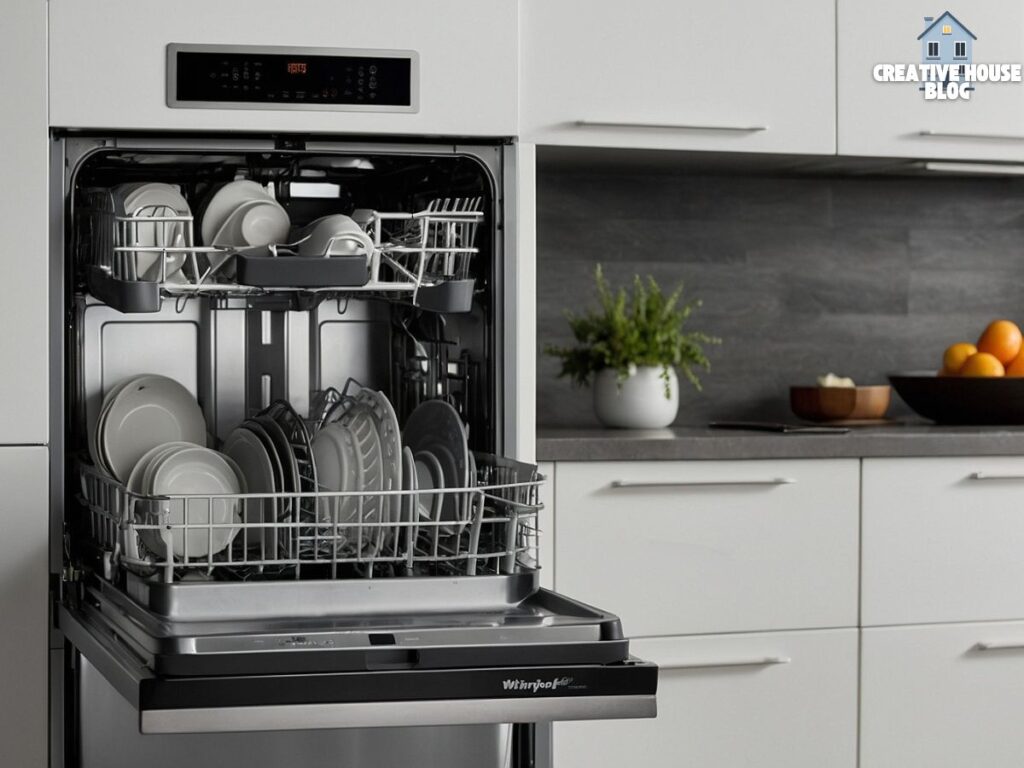
Check the air gap: If your dishwasher has an air gap (often located near the sink), clean it out to prevent drainage blockages.
With a clear filter, unclogged hose, and functional air gap, your dishwasher should drain properly, resolving the E2/F2 error code.
Related Articles: How to reset Frigidaire dishwasher: Step-by-Step Troubleshooting Guide
3. Resolving the E3/F3 Error Code (Heating Element Issue)
Heating element issues are generally straightforward to fix. Follow these steps:
Access the heating element: Locate the heating element at the bottom of the dishwasher and inspect it for visible damage, such as breaks or corrosion.
Test with a multimeter: If the element appears intact, use a multimeter to test it for continuity. A lack of continuity indicates a fault, and the element should be replaced.
Replacing the heating element if it’s faulty should restore proper heating and eliminate the E3/F3 error code.
4. Resolving the E4/F4 Error Code (Overflow Condition)
To resolve an overflow issue with an E4/F4 error code, use the following steps:
Turn off the water supply: Cut off the water supply to prevent additional filling and overflow.
Inspect the float switch: Check that the float switch, which regulates water levels, is moving freely and not stuck.
Examine the inlet valve: Ensure the inlet valve is functioning correctly. A defective valve may need replacement to prevent future overflow.
Once the float switch and inlet valve are working properly, the overflow condition should clear, addressing the E4/F4 error.
Related Articles: How to Fix Miele Dishwasher Error Code: Step-by-Step Troubleshooting Guide
5. Resolving the E5/F5 Error Code (Door Latch Problem)
A door latch issue can be solved by following these steps:
Check the latch alignment: Confirm that the door latch is aligned correctly and is engaging properly when the door closes.
Inspect the door gasket: If the door isn’t sealing tightly, check the gasket for wear or damage, which can prevent proper closure.
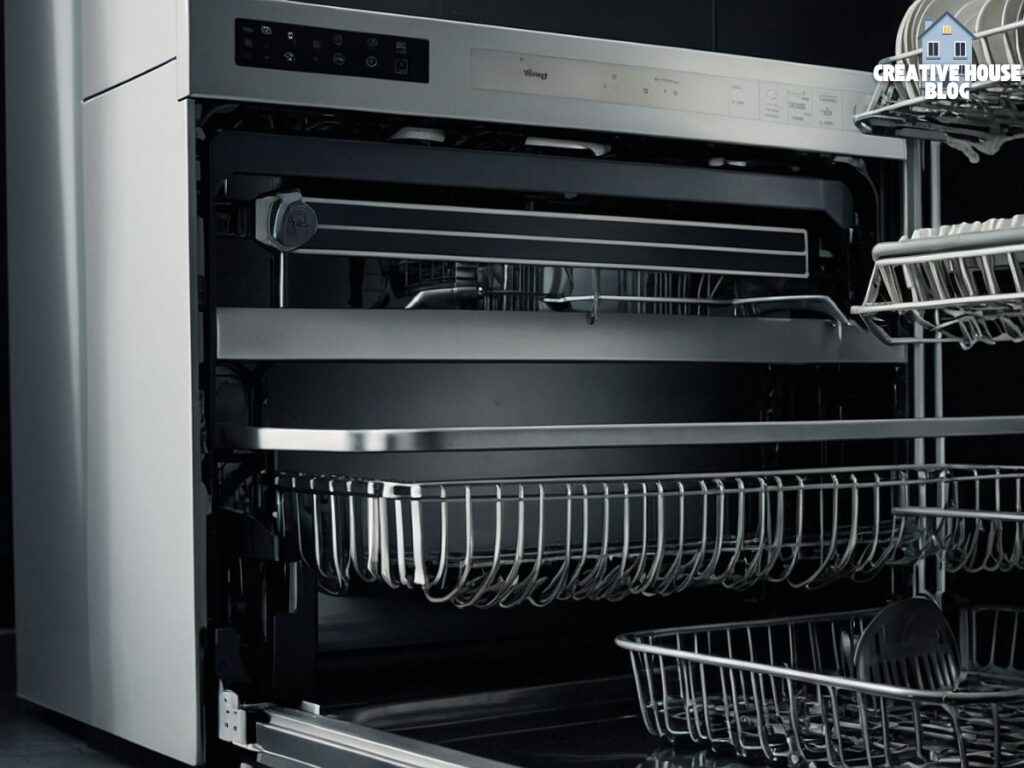
Ensuring a secure door latch and intact gasket should resolve the E5/F5 error code.
6. Resolving the E6/F6 Error Code (Water Sensor Malfunction)
For water sensor malfunctions, try these steps:
Inspect the float switch: Ensure the float switch is not obstructed and moves freely to detect water levels accurately.
Check the sensor connections: If there’s damage to the wiring or water level sensor, replace it as necessary to restore functionality.
Properly functioning sensor and wiring connections will typically clear the E6/F6 error code.
Error codes on a Whirlpool dishwasher are designed to assist you in diagnosing and fixing specific issues.
By understanding how to fix Whirlpool dishwasher error codes and following the troubleshooting steps outlined here, you can address most common problems effectively, helping to restore your dishwasher to peak performance.
Related Articles: How to Reset Your Whirlpool Dishwasher
Additionally, regular maintenance—such as inspecting hoses, cleaning filters, and checking door latches—can prevent future errors and ensure your dishwasher continues to function smoothly.
Explore Also:
Dietsheriff
Gigasecurehome
Mycleanseplan
FAQs Of How to fix Whirlpool dishwasher error code?
Can I reset my Whirlpool dishwasher to clear an error code?
Yes, you can try resetting many Whirlpool dishwashers by unplugging them for 5–10 minutes before plugging them back in. Persistent codes, however, may indicate underlying issues that require further troubleshooting.
How often should I clean my dishwasher filter?
Clean the dishwasher filter monthly to maintain optimal performance and prevent clogs that may lead to drainage or filling issues.
Is it safe to replace components like the heating element on my own?
While some repairs, such as cleaning filters or checking hoses, are DIY-friendly, replacing the heating element may require some expertise. Consult the dishwasher’s manual or contact a professional for more complex repairs.
What should I do if an error code doesn’t go away after troubleshooting?
If an error code persists after following the troubleshooting steps, contact Whirlpool support or a certified technician for a more thorough diagnosis and repair.
Can I use vinegar or baking soda to clean my Whirlpool dishwasher?
Yes, you can use vinegar to remove odors and baking soda for freshening. Just run a cycle with a cup of vinegar or sprinkle baking soda on the bottom. However, use these sparingly to avoid potential damage.


